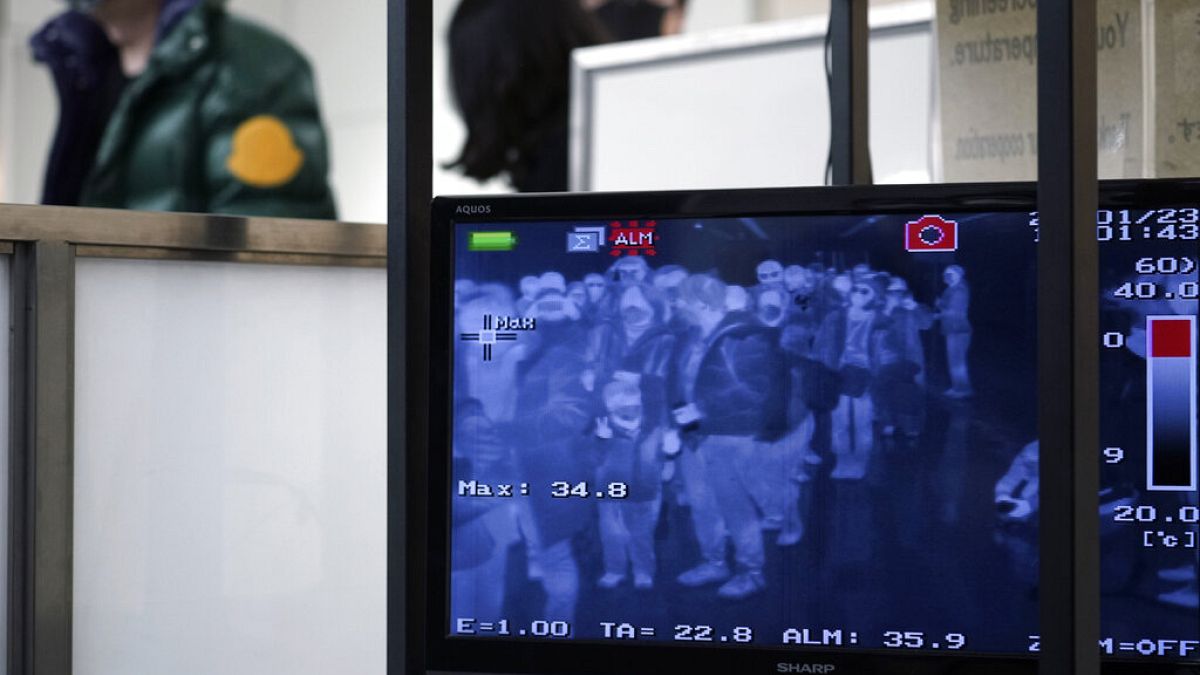The European Commission has raised concerns about the reliability of the latest generation of airport scanners, which allow passengers to carry electronic devices and liquids without restrictions. The C3 EDSCB scanners, which use advanced CT scan technology, have been praised for their efficiency in detecting explosive components. However, a technical report revealed that the scanners may not be reliable for containers with a content of more than 330 milliliters. As a precautionary measure, Brussels has called for a temporary restoration of the previous model of limiting liquid containers to 100 milliliters until technical issues are resolved.
Despite the efficiency of the C3 scanners in reducing security checkpoint delays, the European Commission’s decision to impose temporary restrictions has raised concerns among airports that have already invested in this technology. The Airports Council International Europe (ACI) highlighted that the new scanners are significantly more expensive in terms of both initial costs and maintenance. The decision to revert back to traditional X-ray scanners will not only impact airport operations but also pose financial challenges for airports that have already adopted the new technology.
Passengers’ reactions to the restrictions vary, with some noting that they are accustomed to traveling without liquids and leaving electronic devices at home. However, those who have experienced the convenience of the advanced scanners acknowledge the difference in the ease of access to boarding gates. Airport staff and travelers share a common goal of starting their holidays quickly and smoothly. For travelers planning trips in September, it is essential to ensure that liquids and cosmetics do not exceed 100 milliliters to avoid additional time spent at security checkpoints.
In light of the concerns raised by the European Commission, airports are expected to comply with the temporary restrictions on the use of the C3 scanners. The decision to limit the use of this technology raises questions about the confidence in the current EU certification system for aviation security equipment. While the advanced scanners have been praised for their effectiveness in detecting explosive components, the technical challenges faced by the equipment have prompted Brussels to take precautionary measures to ensure passenger safety.
Ultimately, the temporary restrictions on the use of the latest generation of airport scanners highlight the delicate balance between security measures and passenger convenience. As airports navigate the challenges posed by the technical limitations of the C3 scanners, passengers are reminded to adhere to the 100 milliliter limit on liquids and be prepared for potential delays at security checkpoints. The ongoing discussions between the European Commission and airport authorities underscore the importance of maintaining high security standards while minimizing disruptions to the travel experience.











